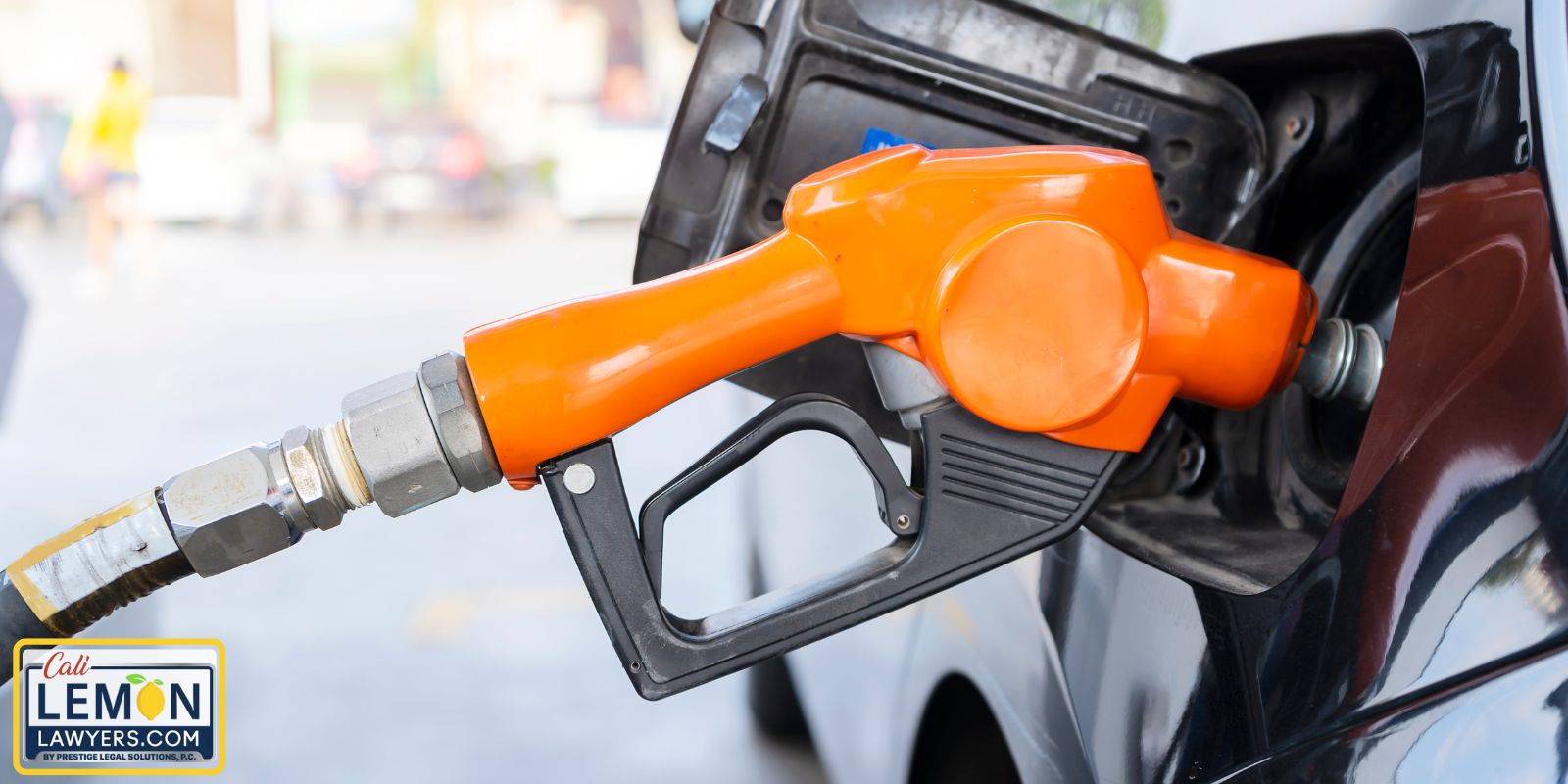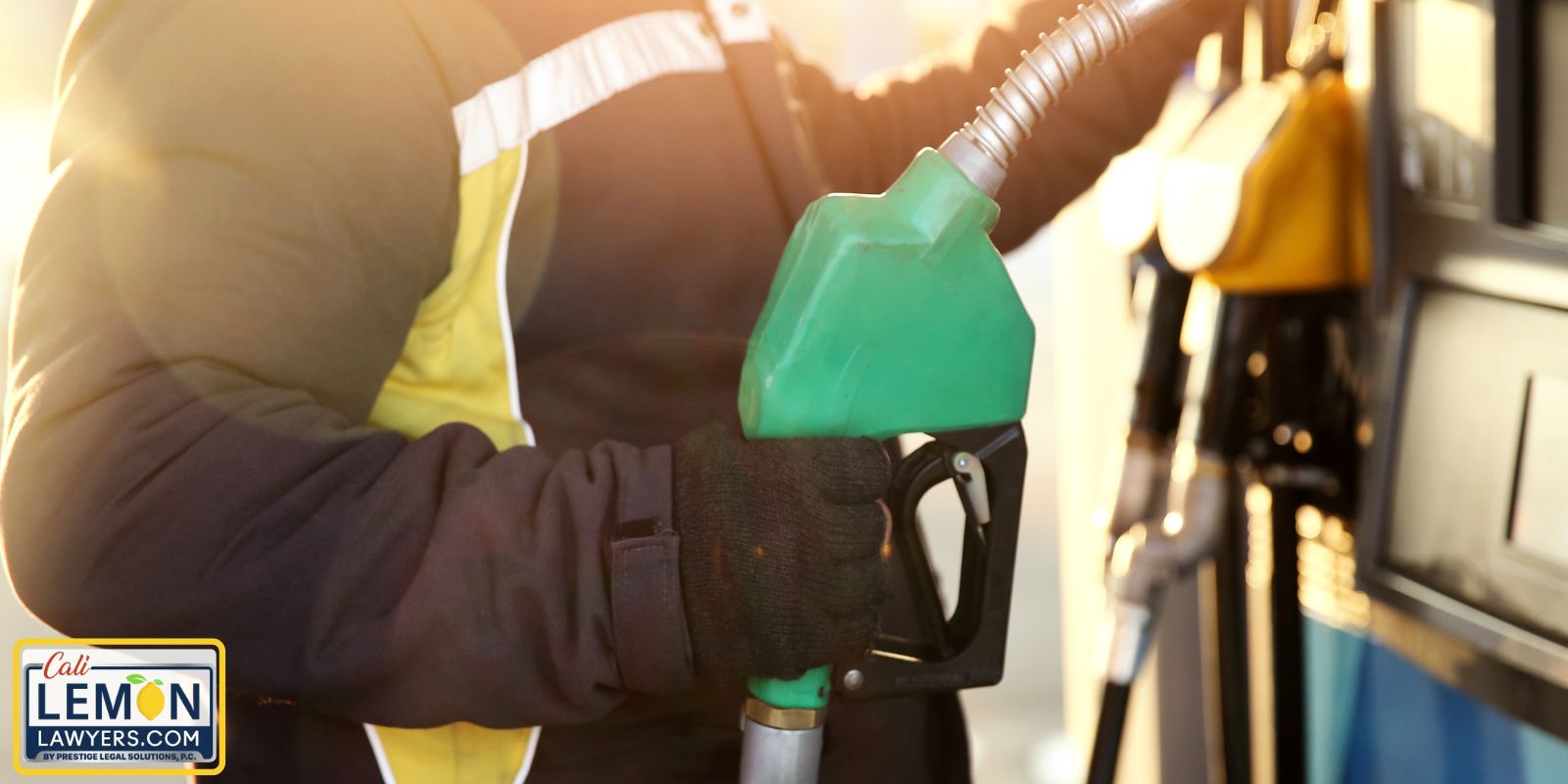
Common Dynamic Fuel Management Problems
Dynamic Fuel Management (DFM) is an advanced technology used in modern internal combustion engines to optimize fuel efficiency and enhance general engine performance. The basic idea behind the system is to save fuel and regulate engine power by dynamically activating and deactivating engine cylinders.
Although the DFM helps optimize fuel usage, there are a lot of common issues experienced by vehicles equipped with this technology. If you’re experiencing frequent DFM problems with your car, it’s possible the car is a lemon. You can reach out to Lemon Law experts to help you get the compensation you deserve.
In this article, you’ll learn how the DFM works, common dynamic fuel management problems, and recommended solutions for each problem.
How Dynamic Fuel Management Works
The DFM regulates the activities of the engine cylinders to optimize fuel consumption and keep the engine efficient. The system combines the operations of various engine parts such as sensors, valve lifters, and the engine control module (ECM). It deactivates some cylinders to reduce power and save fuel and when the vehicle requires more power, it activates those cylinders to match the power demand.
The Technologies Behind DFM
The DFM combines a series of systems to optimize the general engine operations. Such systems include:
Sensors and Feedback Systems
The engine comprises a network of sensors that continuously monitor various engine parameters in real time, such as speed, throttle position, temperature, etc. These sensors provide real-time data to the engine control module (ECM). With these data, the ECM determines the optimal cylinder deactivation and activation strategy to maximize fuel efficiency without sacrificing power.
Engine Control Modules (ECM)
Considered the “brain” of the system, the ECM processes the sensor data and regulates cylinders accordingly. It also manages other engine functions such as ignition timing, air-fuel mixture, and fuel injection, to optimize emissions and engine performance.
Variable Valve Timing (VVT)
Variable Valve Timing allows the engine to adjust the timing of the intake and exhaust valves, enabling better control over the airflow into and out of the cylinders. This feature is especially useful for maintaining engine efficiency and power output when some cylinders are deactivated.
Valve train systems control the opening and closing of the internal valves in the engine through the valve lifters. A valve lifter is made up of a cylinder between a car’s camshaft and the cylinder valves, and each valve has a separate lifter. In cars with active fuel management (AFM) or DFM, the lifters can turn off when they’re not needed, preventing the valves from opening, resulting to increased fuel efficiency.
Integration of the DFM with Other Vehicle Systems
There are other systems that complement the DFM in the car for a seamless driving experience, such as the drivetrain and transmission systems. The drivetrain works with the DCF to ensure that the engine delivers power smoothly while activating and deactivating cylinders. Also, deactivating the cylinder triggers the transmission to activate a higher gear and further improve fuel efficiency.
Dynamic Fuel Management (DFM) vs Active Fuel Management (AFM)
The DFM is the advanced version of Active Fuel Management (AFM). Both systems aim to improve fuel consumption by activating and deactivating engine cylinders when necessary. However, they differ in terms of mode of operation.
Active fuel management systems allow the engine to switch between running on all available cylinders to running on half of them, typically transforming a V8 into a V4 configuration. The key difference between DFM and AFM is that while AFM activates or deactivates a fixed set of cylinders, DFM regulates cylinder activation more precisely and dynamically based on current driving conditions.
Common Problems Associated with Dynamic Fuel Management
1. Mechanical Issues
Sometimes, the cylinder deactivation process may glitch due to wear and tear on the mechanical components regulating cylinder activation. Such malfunction may affect fuel efficiency and the general engine performance. The wear and tear may potentially reduce the engine’s lifespan and require more frequent maintenance.
Another common mechanical issue is defective valve lifters. Valve lifter problems can cause the lifter to get stuck or locked into the wrong position. When this happens, the valve lifter may bend the pushrod which may lead to an engine failure. Defective valve lifter problems are common with GM (General Motors) vehicles, especially GM models with V8 engines, between 2019 and 2021. Examples include the GMC Sierra, Chevrolet Silverado pickup, Chevrolet Tahoe, Chevrolet Suburban, GMC Yukon, Cadillac Escalade, and the present Chevrolet Camaro.
Solution: Improved Mechanical Design
Investing in high-quality materials and more durable components for the cylinder control system may help the engine components withstand constant cycling without excessive wear and tear. Hence, it’s recommended to purchase cars and engine parts from reputable brands.
2. Software Issues
If the algorithms of the software controlling the DFM are not optimized for some driving conditions, the cylinder regulation might not be efficient in such conditions. This can affect fuel efficiency and performance.
Moreover, glitches in integration with other systems such as the drivetrain and transmission issues may disrupt the harmony of these systems. Also, compatibility issues may arise with updates to the DFM software.
Solution: Advanced Algorithms
Manufacturers can develop more sophisticated algorithms that respond to a wider range of driving conditions. These algorithms should adapt to various scenarios to ensure efficient cylinder switching, thus improving fuel efficiency and performance.
3. Sensory Issues
Bad sensors or calibration errors may send incorrect readings to the DFM. This may lead to disorganized cylinder activation and deactivation and ultimately, less fuel efficiency.
Solution: Regular Calibration and Maintenance of Sensors
Given the sensitive role of sensors in the operation of the DFM, it’s best to calibrate and service the sensors at regular intervals. Regular maintenance helps ensure the data is correct to keep the DFM efficient.
4. Performance Concerns
Since the DFM automatically deactivates some cylinders to reduce engine power in some cases, the driver may experience low performance, especially during aggressive driving or when quick acceleration is needed.
In some cases, external factors such as driving habits or preferences may cause the driver to make driving decisions that counter the operations of the DFM. Such decisions may prevent the DFM from achieving its primary goal of fuel savings. This is known as the fuel efficiency paradox.
Solution: Consumer Education
Drivers need to understand how the DFM works so they can maximize it. Manufacturers should provide comprehensive information to users about the conditions under which DFM is most effective, such as highway cruising, and when it may be less effective, such as in stop-and-go traffic.
5. Your Car is a Lemon
Consistent DFM issues might be a sign that your car is a lemon – the DFM is faulty right from when you purchased it. If you purchased the car in Los Angeles, San Diego, or other cities in California, you can leverage the California Lemon Law to get a replacement or your money back for the faulty car as long as it meets the eligibility criteria for lemon lawsuit. You can book a free consultation with our experts at Cali Lemon Lawyers to assess your car situation and receive expert guidance on how to file a claim.
Importance of Dynamic Fuel Management
1. Fuel Efficiency
Optimizing the use of fuel is one of the primary goals of DFM. By automatically deactivating cylinders when they’re not in use, DFM helps your car save fuel, thereby reducing your operating costs.
2. Reduced Emission
As DFM improves fuel efficiency, your car will burn less fuel to produce the same amount of power. Less fuel combustion means less emission of harmful substances such as carbon monoxide and hydrocarbons, contributing to better environmental sustainability.
3. Enhanced Engine Performance and Durability
The dynamic fuel management system assesses the engine’s status at every point so it can adjust its performance accordingly. For instance, the DFM can activate all cylinders to provide better acceleration, respond better to driver’s prompts, and provide more power when necessary. Since the DFM activates cylinders only when necessary, it reduces wear and tear on the engine, making the entire engine more durable and minimizing maintenance costs.
4. Fuel Cost Savings
Lower fuel consumption means lower operating costs for car owners. Also, you don’t need to refuel every now and then when your car’s fuel efficiency is high. This gives you a more convenient driving experience.
5. Adaptable to Different Driving Conditions
Different driving conditions require different engine performances. For instance, your engine needs to be more responsive to speed on a highway cruise than in traffic. DFM ensures the engine operates optimally in every scenario.
The Future of Dynamic Fuel Management
With technological advancements in sensors and engine management systems, DFM will continue to be relevant in optimizing the efficiency of internal combustion engines and reducing fuel consumption in the foreseeable future. For instance, the integration of more robust artificial intelligence in sensors will provide better algorithms to help car engines receive and interpret signals more accurately.
However, the relevance of the DFM may be questioned as hybrid and electric vehicles become more popular. While DFM is primarily used in internal combustion engines, it can still play a role in hybrid vehicles with combustion engines as part of their powertrains. Purely electric vehicles do not have internal combustion engines, so DFM has less relevance to them.
Potential Replacements or Complementary Systems to DFM
As manufacturers seek better ways to optimize fuel consumption and minimize emissions, there are various alternative technologies that may complement or replace DFM. Some of these technologies include:
Variable Compression Ratio (VCR) Engines
VCR engines can adjust the compression ratio to optimize efficiency based on load and demand. So, they can work with or as an alternative to DFM.
Homogeneous Charge Compression Ignition (HCCI)
HCCI engines use a combination of compression ignition and spark ignition to achieve high efficiency. It may become more prevalent and complement DFM or replace it in some applications.
Mild Hybrid Systems
These systems include a small electric motor and battery to assist the internal combustion engine. They can be integrated with DFM to enhance fuel efficiency.
Full Electric Propulsion
As electric vehicle technology advances, more consumers may transition to fully electric vehicles, reducing the overall need for DFM.
Conclusion
Understanding the problems associated with the DFM is crucial as it plays a significant role in the performance and efficiency of modern vehicles. By optimizing fuel efficiency and reducing emissions, the DFM saves cost and makes cars more environmentally friendly.
Your car might be a lemon if it keeps giving DFM issues after multiple fixes. Thankfully, you can file a claim for a replacement or refund as long as your car qualifies. Contact our experienced attorneys at Cali Lemon Lawyers to help file a claim and secure your compensation. Start by booking a free consultation today.





